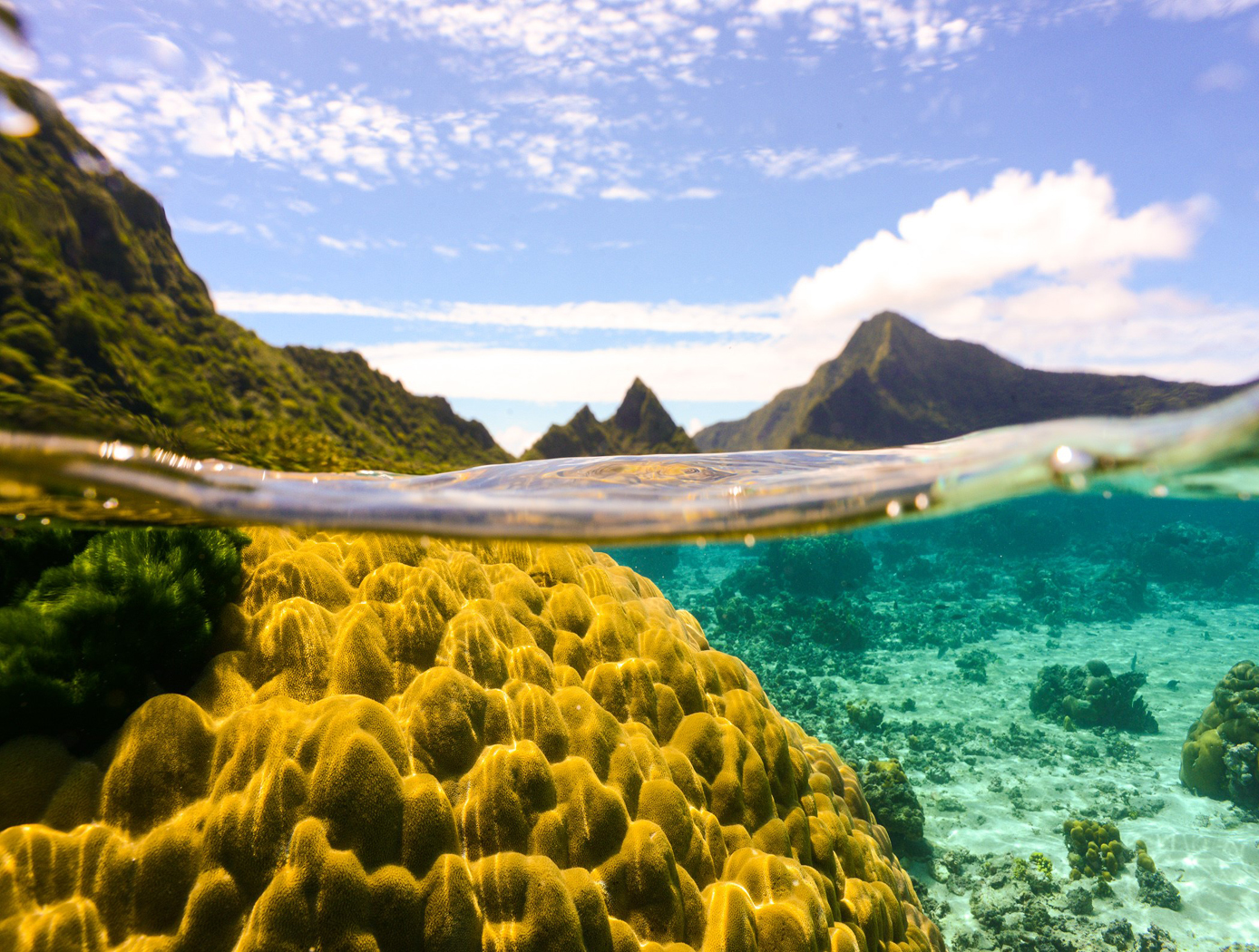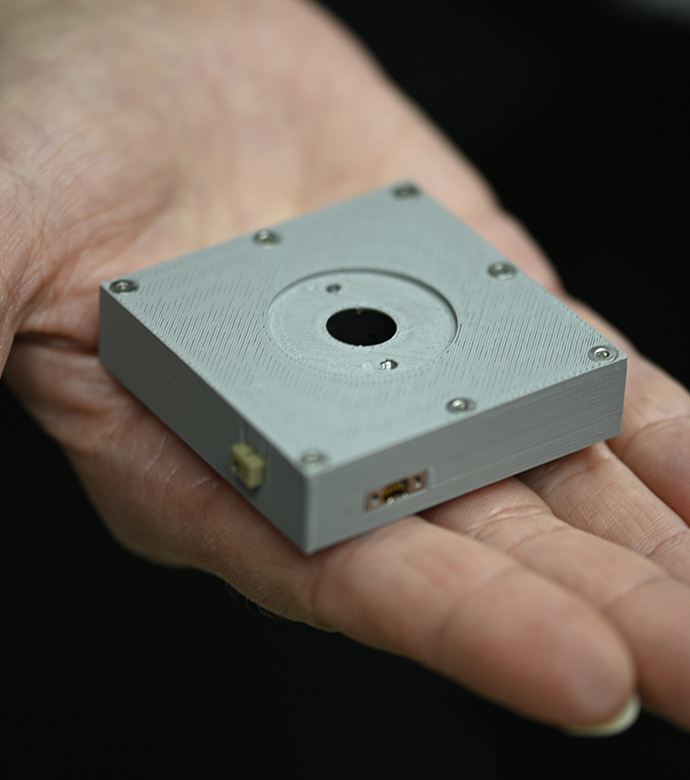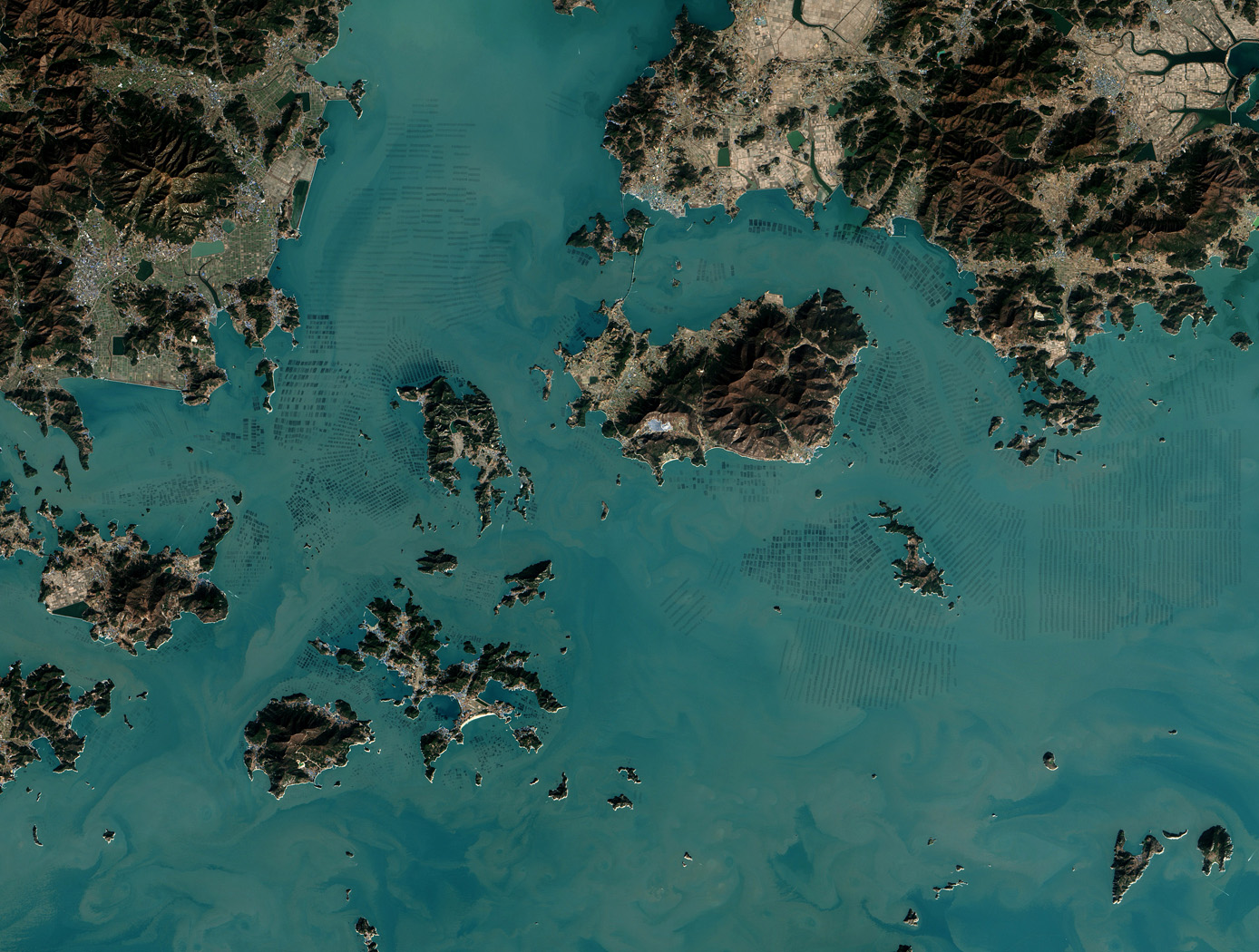
NASA has developed a first of its kind remote sensing technology capable of imaging through ocean waves in 3D at sub-cm resolutions.

At 0.5 inches x 2 inches x 2 inches, the Multi-Parameter Aerosol Scattering Sensor is so small it can fit in the palm of your hand, making it ideal for wearable applications.

NASA has developed a non-scanning, 3D imaging laser system that uses a simple lens system to simultaneously generate a one-dimensional or two-dimensional array of optical (light) spots to illuminate an object, surface or image to generate a topographic profile.
Next-generation sensing technologies sees through waves to explore ocean worlds
It wasn’t possible to use remote sensing technologies to observe underwater objects in fine detail – until now. NASA has developed a tool that allows users to see through the ocean waves so that they can monitor marine ecosystems such as coral reefs. Whether you are hunting for shipwrecks or helping keep marine life healthy, this sensing technology is a must-have tool to explore.
All-in-one sensor sounds the alarm when first responders or UAVs are headed for danger
Acting as an environmental monitoring system, the NASA multi-parameter aerosol scatter sensor can detect particles in the air that lets the wearer know they are headed for dangerous conditions. First responders working around wildfires or even volcanic activity are alerted when they are entering areas of no return. Accurate, compact, battery-operated, and tough, this sensor can also be attached to UAVs, making it perfect for surveillance missions.
Get high-res, real-time 3D imaging using an innovative single lens system
Need 3D images in a flash? NASA’s non-scanning 3D imager uses a simple single-lens system to instantly provide topographical maps or images, overcoming the shortfalls of scanning systems that can take time or be hindered by movement. This unique approach makes it perfect for LiDAR mapping, machine vision or robotic vision.
Interested in licensing the tech mentioned above? Follow the links to apply through our website. You can also browse our entire technology portfolio here.
Follow the NASA Technology Transfer Program on twitter @NASAsolutions for the latest updates on technologies available for licensing.



